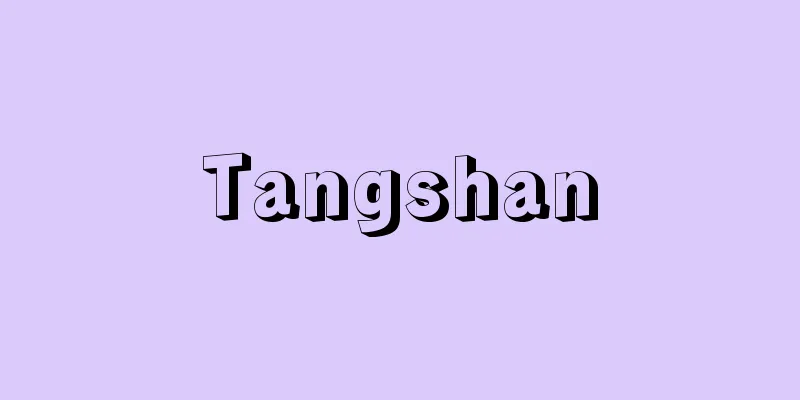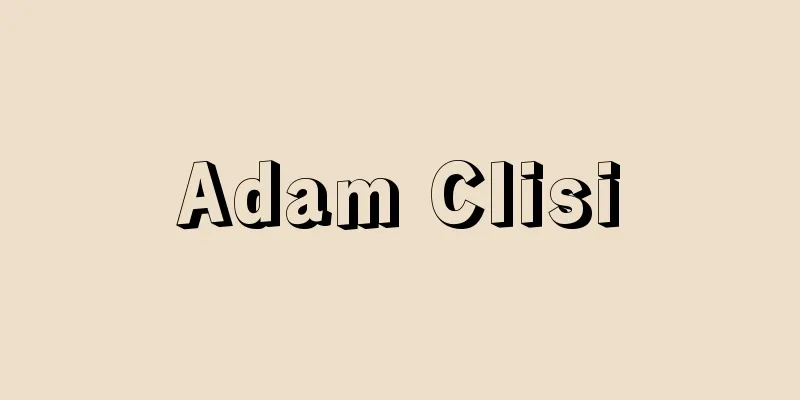CEDA

|
The government was put in a difficult position by the corruption scandal that came to light in October 1935, and the Radical Party, which had been directly involved in the scandal, lost credibility. Meanwhile, the main force in the right-wing camp, the Coalition of the Autonomous Right (CEDA), was refused by President Alcalá Zamora to hand over power to the government. As a result, the political situation moved towards a general election in February 1936, commonly known as the Popular Front election. From Spain…Under these circumstances, another military coup was attempted on August 10, 1932, but it ended in failure, so it can be said that Spain was still stuck in the 19th century in terms of its response to political reform. In the general election of November 1933, the left-wing forces showed signs of disunity, while the right-wing forces won with the formation of the Spanish Autonomous Right Coalition (CEDA) by various political parties and groups. After the election, a center-right coalition government was formed, centered on the Radical Party, with the support of CEDA, and rejected the reform plans promoted by the previous government, and set a course that could be described as counter-revolutionary. … From the Spanish Autonomous Right Union…the largest right-wing party during the Second Spanish Republic (1931-36). It was founded in March 1933 by the Popular Accion and the Valencian Right Party. From the Popular FrontThe government was put in a difficult position by the corruption scandal that came to light in October 1935, and the Radical Party, which had been directly involved in the scandal, lost credibility. Meanwhile, the main force in the right-wing camp, the Coalition of the Autonomous Right (CEDA), was refused by President Alcalá Zamora to hand over power to the government. As a result, the political situation moved towards a general election in February 1936, commonly known as the Popular Front election. From the Spanish Autonomous Right Union…the largest right-wing party during the Second Spanish Republic (1931-36). It was founded in March 1933 by the Popular Accion and the Valencian Right Party. *Some of the terminology that mentions "CEDA" is listed below. Source | Heibonsha World Encyclopedia 2nd Edition | Information |
|
…35年10月に発覚した疑獄事件のために政府は窮地に陥り,事件に直接関与した急進党の信用は失墜した。一方,右派陣営の主要な勢力であったスペイン自治右派連合(CEDA)はアルカラ・サモラ大統領から政権の譲渡を拒否された。その結果,一般に〈人民戦線選挙〉と呼ばれる36年2月の総選挙へと政局が動いていった。… 【スペイン】より…このような状況のなかで32年8月10日,またも軍事クーデタが企てられ,これは未遂に終わったが,政治改革への対応に関してスペインは依然19世紀にとどまっていたといえる。 33年11月の総選挙では,左派勢力が足並みの乱れを示したのに対して,右派勢力は諸政党,諸政治グループがスペイン自治右派連合(CEDA)を結成して勝利した。選挙後,CEDAの支援の下に,急進党を中心に成立した中道右派連立内閣は,前政権が推進した改革案を否定し,反革命ともいえる路線を打ち出した。… 【スペイン自治右派連合】より…スペイン第二共和国時代(1931‐36)最大の右翼政党。略称セダ(CEDA)。1933年3月,〈アクシオン・ポプラール〉と〈バレンシア地方右翼党〉を中心に結成された。… 【人民戦線】より…35年10月に発覚した疑獄事件のために政府は窮地に陥り,事件に直接関与した急進党の信用は失墜した。一方,右派陣営の主要な勢力であったスペイン自治右派連合(CEDA)はアルカラ・サモラ大統領から政権の譲渡を拒否された。その結果,一般に〈人民戦線選挙〉と呼ばれる36年2月の総選挙へと政局が動いていった。… 【スペイン自治右派連合】より…スペイン第二共和国時代(1931‐36)最大の右翼政党。略称セダ(CEDA)。1933年3月,〈アクシオン・ポプラール〉と〈バレンシア地方右翼党〉を中心に結成された。… ※「CEDA」について言及している用語解説の一部を掲載しています。 出典|株式会社平凡社世界大百科事典 第2版について | 情報 |
Recommend
Ougishō - Ougishō
A theory on poetry from the late Heian period. Wri...
Suberin
...The specific gravity is 0.13 to 0.16. The chem...
Glass - Garasu (English spelling)
The simplest definition is "supercooled liqu...
Pale thrush (white belly)
A passerine bird of the family Flycatcher (illustr...
Clerical Fascism - Klerikofaschismus German
A type of authoritarian regime established by the...
Bianjaku - Henjaku
Dates of birth and death unknown. A renowned phys...
Jeanmaire, R.
…After World War II, he left the Champs-Élysées B...
Kiyoshi Hasegawa
Printmaker. Born in Yokohama. After graduating fr...
Oud (Count of Paris) - Oud
… [Establishment and power base] Before their acc...
Telephone fax - facsimille
Among the facsimiles that use the telephone networ...
Mountain man - Yamaotoko
〘Noun〙① A male monster said to live deep in the mo...
Military
A general term for the army, navy, and air force. ...
Bungo Province
The former name of the province that occupies mos...
Gujarati script - Gujarati script
...From the 4th to the 6th century, the script sp...
Open School - Open School (English)
This refers to preschools and elementary schools ...









